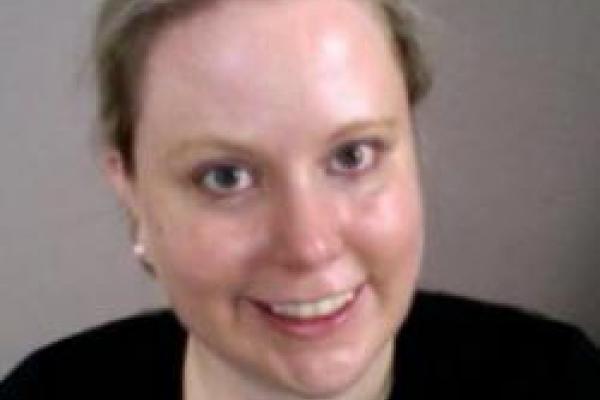
Mixed-Effects Models for Two-Mode Networks: Uncovering Patterns in Overlapping Routine Activity Spaces
Increasingly, demographers are using data on routine activity spaces to understand phenomena such as daily mobility patterns and activity space segregation by race and socio-economic status. In the aggregate, activity space data on individuals in a defined region (e.g., a city) can be analyzed as a co-location or "ecological" network linking individuals (“actors”) to potentially shared activity locations (“settings”). An ecological network can be viewed as a type of two-mode network where actor/setting ties indicate that a location is part of an individual’s routine activity space. Statistical methods for studying ecological networks, or two-mode networks more broadly, are less developed than methods for studying traditional one-mode, or actor-actor, networks. One way to analyze two-mode networks is to consider one-mode network matrices derived from a two-mode network, an approach known as the conversion method. We illustrate this approach through an analysis of activity pattern data collected as part of a large neighborhood-based survey of households in Los Angeles County. We employ a multilevel p2 network model to describe patterns of segregation in individuals' activity spaces. We find evidence of spatial sorting in routine activity locations by race/ethnicity even among residents of the same census tract. In the second part of this talk, we discuss novel statistical methodology for analyzing ecological networks that does not rely on conversion since projecting two-mode network data onto one mode may result in in the loss of important structural features of the data. In order to model both modes in an two-mode network simultaneously, we propose a bilinear mixed-effects models that allows for third-order dependence patterns in the interactions between individuals and the places they frequent. This is joint work with Christopher R. Browning, Yanan Jia, Anna L. Mohr, and others. Increasingly, demographers are using data on routine activity spaces to understand phenomena such as daily mobility patterns and activity space segregation by race and socio-economic status. In the aggregate, activity space data on individuals in a defined region (e.g., a city) can be analyzed as a co-location or "ecological" network linking individuals (“actors”) to potentially shared activity locations (“settings”). An ecological network can be viewed as a type of two-mode network where actor/setting ties indicate that a location is part of an individual’s routine activity space. Statistical methods for studying ecological networks, or two-mode networks more broadly, are less developed than methods for studying traditional one-mode, or actor-actor, networks. One way to analyze two-mode networks is to consider one-mode network matrices derived from a two-mode network, an approach known as the conversion method. We illustrate this approach through an analysis of activity pattern data collected as part of a large neighborhood-based survey of households in Los Angeles County. We employ a multilevel p2 network model to describe patterns of segregation in individuals' activity spaces. We find evidence of spatial sorting in routine activity locations by race/ethnicity even among residents of the same census tract. In the second part of this talk, we discuss novel statistical methodology for analyzing ecological networks that does not rely on conversion since projecting two-mode network data onto one mode may result in in the loss of important structural features of the data. In order to model both modes in an two-mode network simultaneously, we propose a bilinear mixed-effects models that allows for third-order dependence patterns in the interactions between individuals and the places they frequent.
This is joint work with Christopher R. Browning, Yanan Jia, Anna L. Mohr, and others.
